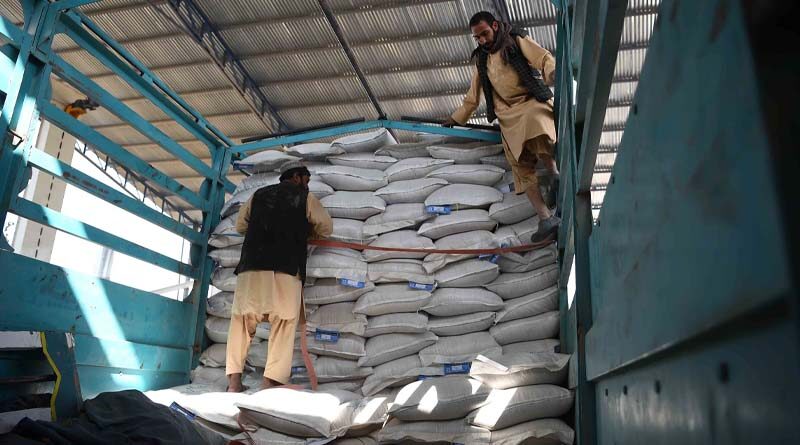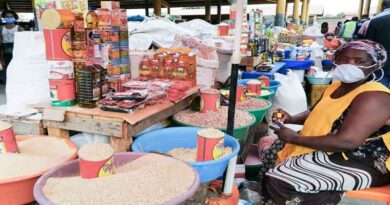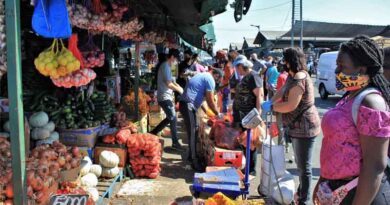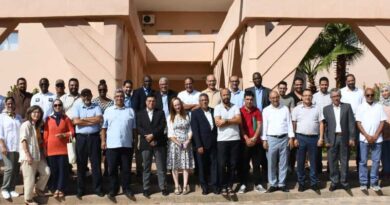World Food Forum calls to keep trade in fertilizers open and increase their affordability and accessibility for farmers
22 October 2022, Rome: Market transparency is crucial when it comes to trade in fertilizers since reduced availability and accessibility, interruption of supply chains and soaring prices jeopardize farmers’ ability to grow food and push more people to the brink of hunger, FAO Director-General QU Dongyu said at a special event of the World Food Forum. The event entitled “Global Assessment and Solutions for the Fertilizer Crisis” aimed to assess the current market situation with fertilizers and potential science-based solutions that could help to cope with this critical situation.
To ensure smooth trade in fertilizers, the Director-General highlighted the need for strengthening political will, solidarity and collaboration among all members. Warning about possible negative environmental effects from misuse or overuse of fertilizers, Qu also encouraged countries to invest in big data and soil nutrition maps and monitoring and improve fertilizer use efficiency.
Fertilizer prices reached all-time highs in 2022, and energy and natural gas prices remain elevated and volatile. As a result, farmers are facing increased production costs and reduced affordability, which are affecting their farming activities.
The event, which was moderated by FAO Chief Economist Maximo Torero, saw the participation of Redouane Arrach, Deputy Minister of Agriculture Maritime Fisheries, Rural Development and water and Forests of the Kingdom of Morocco (virtual); Patrick Heffer, Vice Director General of the International Fertilizer Association, Areli Ceron Trejo, Director-General of land and water of the Secretariat of Agriculture and Rural Development of Mexico, Upendra Singh, Vice President, Research, the International Fertilizer Development Center (IFDC), and Monica Andres, Executive Vice President Europe, Yara International (virtual).
The panellists also pointed to the major drivers behind fertilizer price spikes including high energy prices, import subsidies, high and volatile transportation costs, and declining affordability.
In addition, the participants touched on how to strike the right balance between the need to produce more food to address global food insecurity and optimize the fertilizer use. They also emphasized the need to make sure that smallholder farmers, especially in less developed countries, have access to the right fertilizers.
Other major topics discussed by the panel included reducing carbon footprint resulting from excessive use or misuse of fertilizers, promoting alternative sources such as bio-fertilizers, composting, bio-stimulants and nutrient cycling to improve the soil health, investing in fertilizer research, leveraging digital soil nutrition mapping and bringing it to the farmers’ level.
It was also highlighted that extraordinary capacity of soils to store, transform, and recycle nutrients was essential to produce healthy food and preserve biodiversity. Of the 18 nutrients essential to plants, 15 are supplied by soils when they are healthy.
In the context of sustainable agriculture and environment, the FAO’s International Code of Conduct for the Sustainable Use and Management of Fertilizers constitutes a cross-cutting approach to address the overuse, misuse and underuse of fertilizers. The FAO Global Soil Partnership is currently embarking on mapping soil fertility nutrient budgets, following a country-driven approach. Such maps can guide farmers in identifying the best soil fertility strategies, including blending of fertilizers to increase efficiency, decrease unnecessary use and reduce production costs.
Also Read: 10 new high yielding wheat varieties for Punjab, Haryana, Uttar Pradesh and Rajasthan
(For Latest Agriculture News & Updates, follow Krishak Jagat on Google News)















